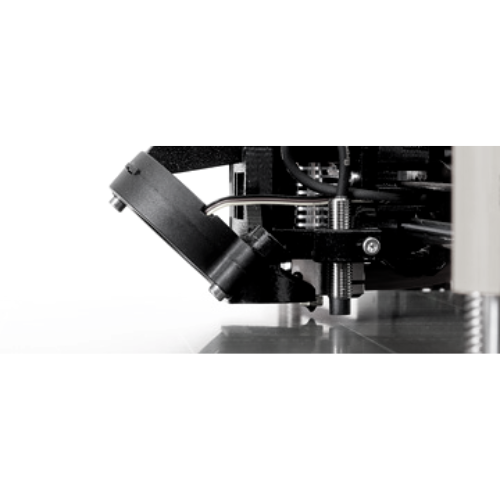3D printing is often mentioned as an alternative to injection molding? In this post we take a deeper look at differences between these two technologies. Learn whether 3D printing or injection molding is more cost-effective for your project and find out how to make the best decision for your business.
